News Desk
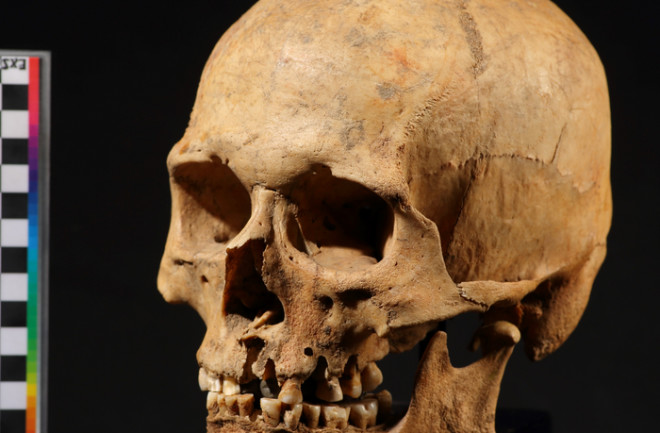
DNA reveals previously unknown degree of mixture between Japan, North America and the Eurasian mainland. See study here.
Scientists from the Max Planck Institute for Medical Research and the Heidelberg University have created a new technology to assemble matter in 3D. Their concept uses multiple acoustic holograms to generate pressure fields with which solid particles, gel beads and even biological cells can be printed. See study here.
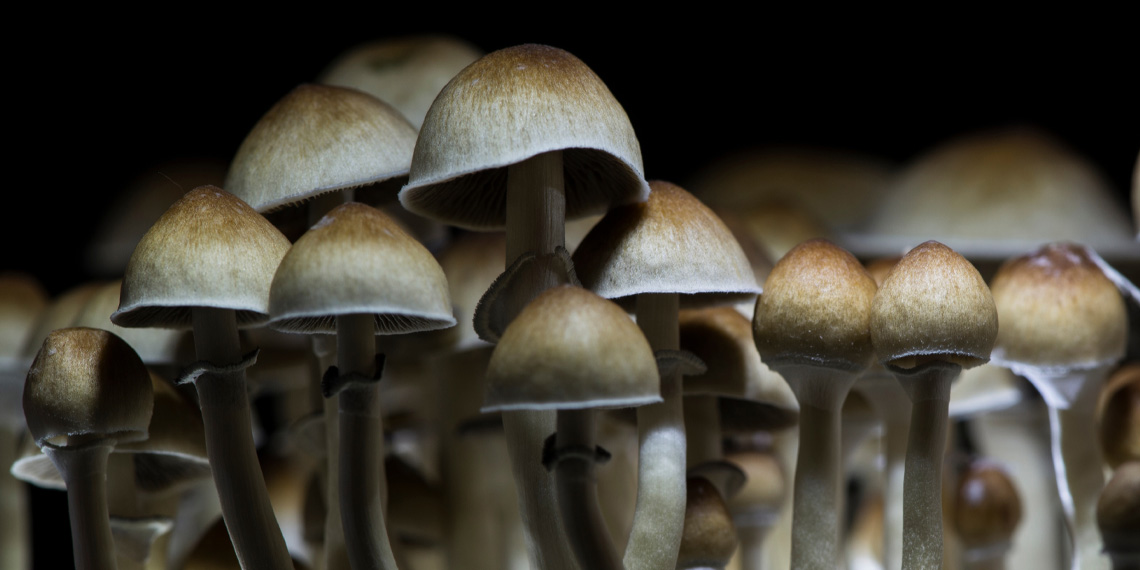
The use of psilocybin, a hallucinogenic substance found in some “magic” mushrooms, has stronger connection to how people feel about nature compared to the use of other psychedelic drugs, according to new research published in the Journal of Psychopharmacology.
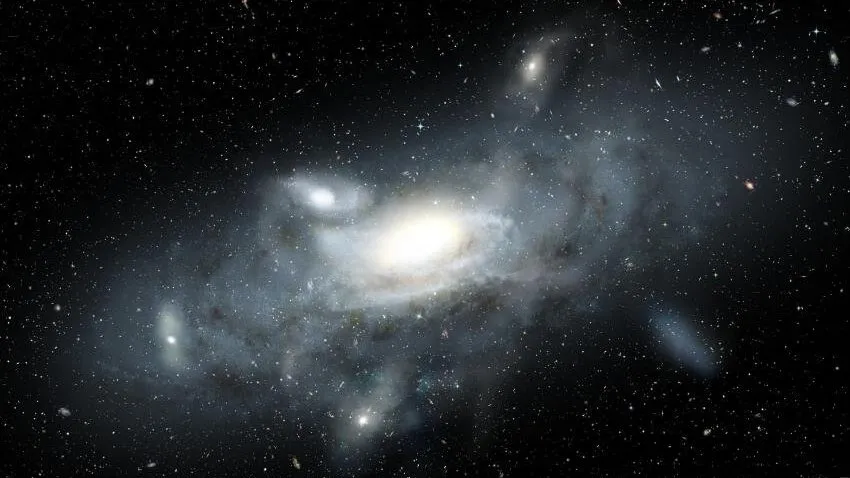
A sparkling cannibal galaxy discovered by the James Webb Space Telescope appears to be a “very early” mirror image of the Milky Way, and it could help astronomers understand how our galaxy took shape, a new study has revealed.
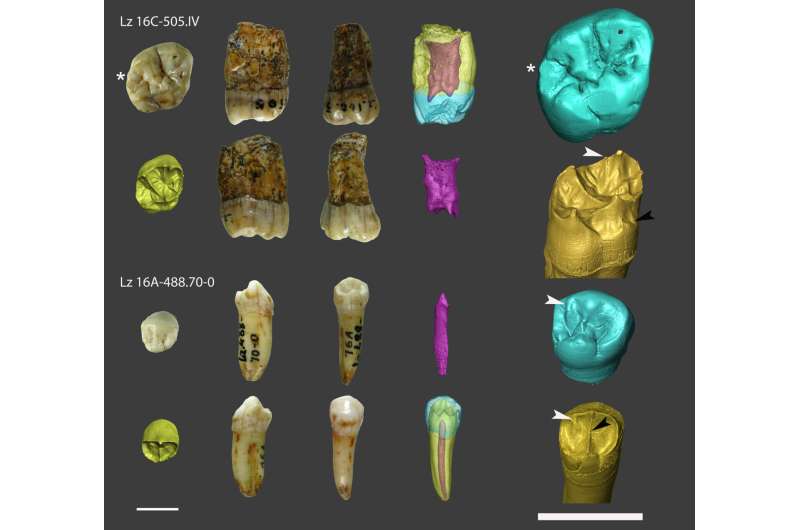
A new analysis of the teeth remains found at the Lezetxiki site confirm that they belonged to Neanderthal individuals. The study, which… has been published in American Journal of Biological Anthropology, confirms a late presence of Neanderthals in the north of the Iberian Peninsula.
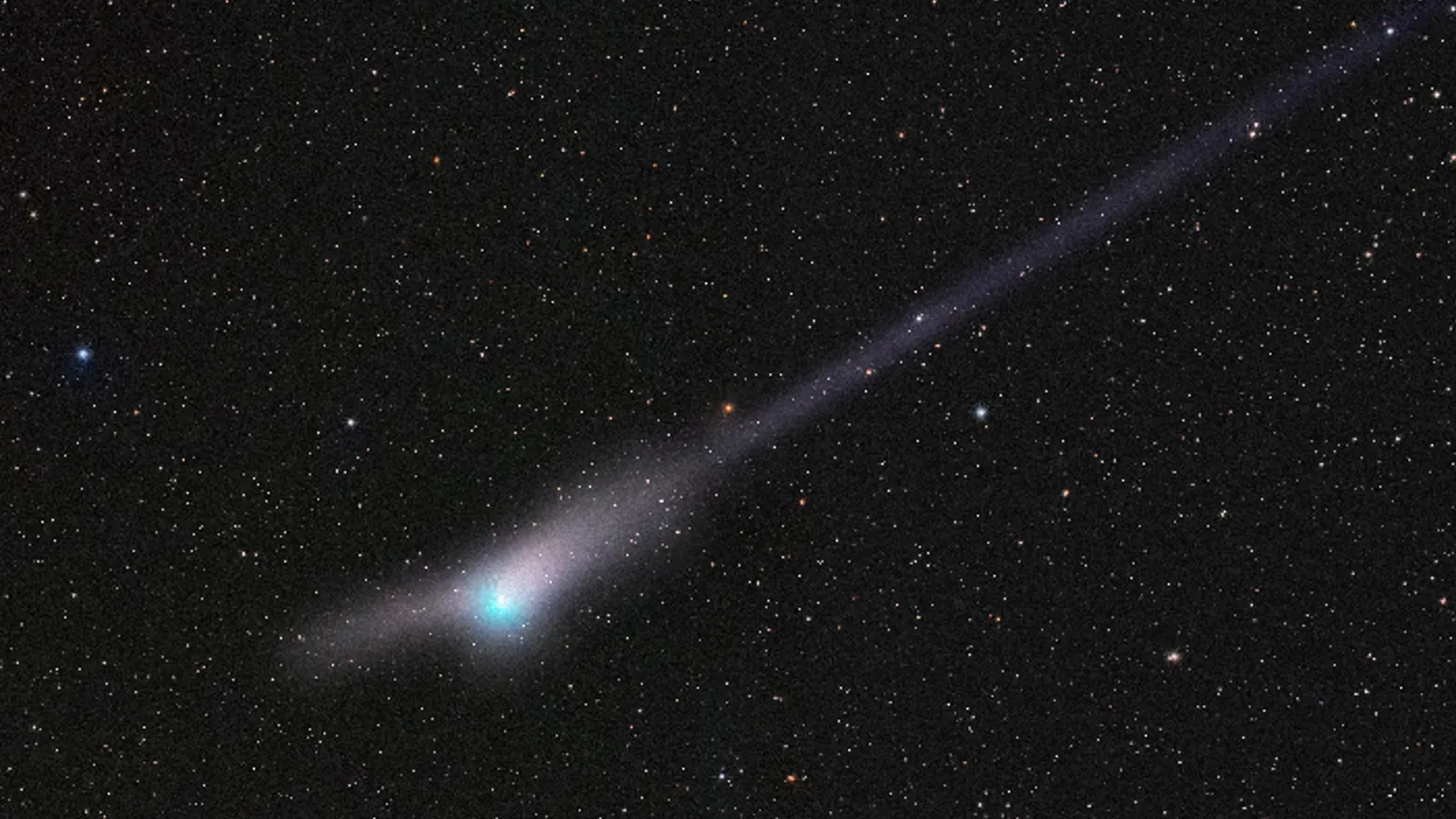
A rare green comet zipping by Earth for the first time since the Stone Age is about to pass right next to Mars this week, and the once-in-a-lifetime cosmic pairing could be visible through a simple pair of binoculars.
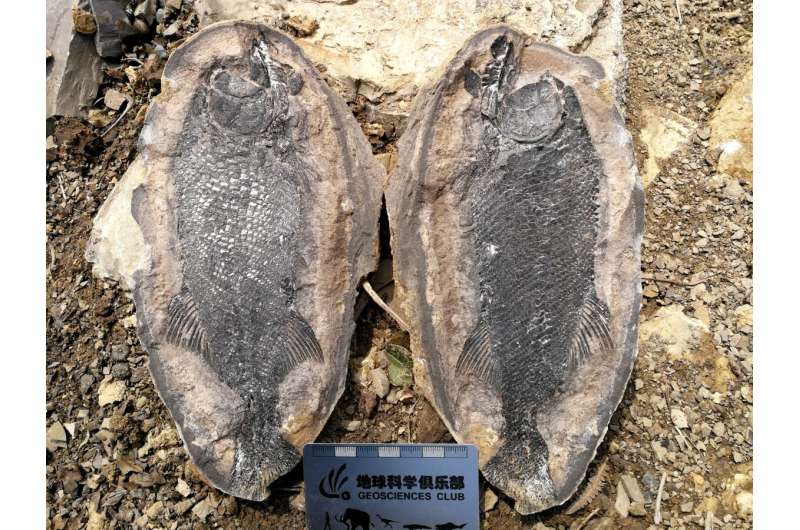
About 250 million years ago, the Permian-Triassic mass extinction killed over 80% of the planet’s species. In the aftermath, scientists believe that life on Earth was dominated by simple species for up to 10 million years before more complex ecosystems could evolve. Now this longstanding theory is being challenged by a team of international researchers. See paper here.
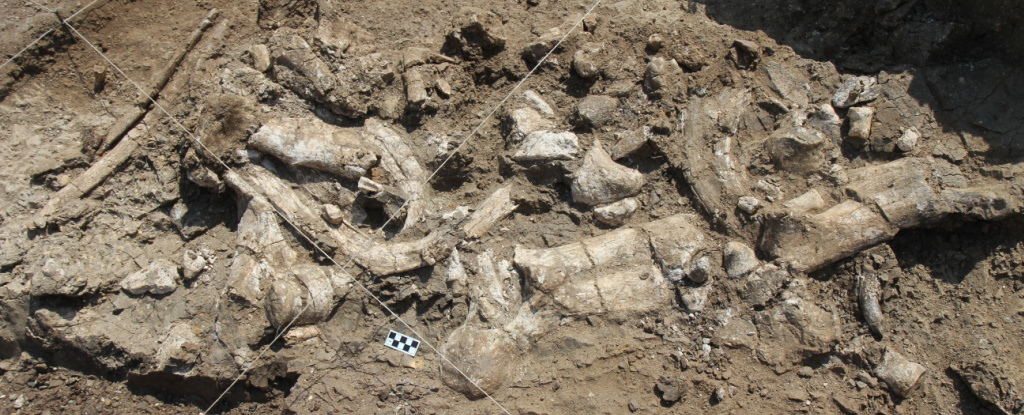
Archaeologists have revealed what could be the oldest stone tools ever found, and they think someone other than our closest Homo ancestors may have made them. See paper here.
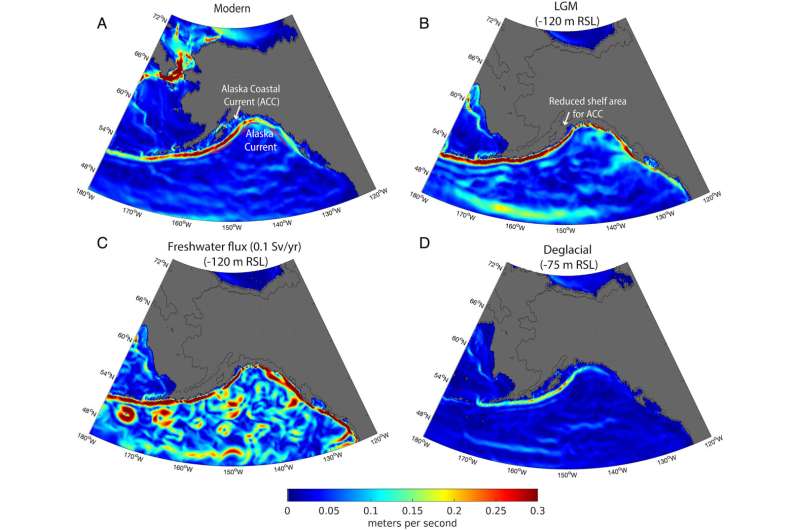
Researchers have pinpointed two intervals when ice and ocean conditions would have been favorable to support early human migration from Asia to North America late in the last ice age, a new paper published today in the Proceedings of the National Academy of Sciences shows.

A study published in BJ Psych Open suggests that psilocybin, a psychedelic substance found in “magic” mushrooms, may be more beneficial than certain antidepressants for helping improve depressive symptoms related to thought suppression and rumination.
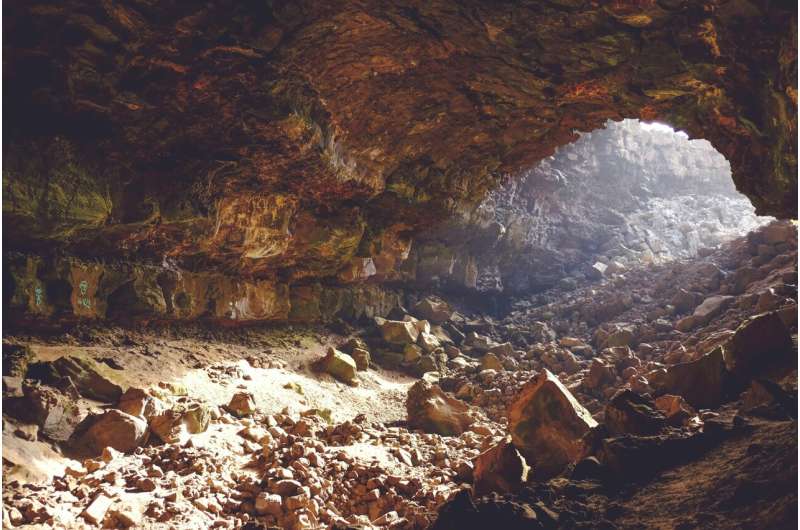
A study published in Frontiers in Environmental Archaeology shows that 90,000 years ago, these Neanderthals were cooking and eating crabs.
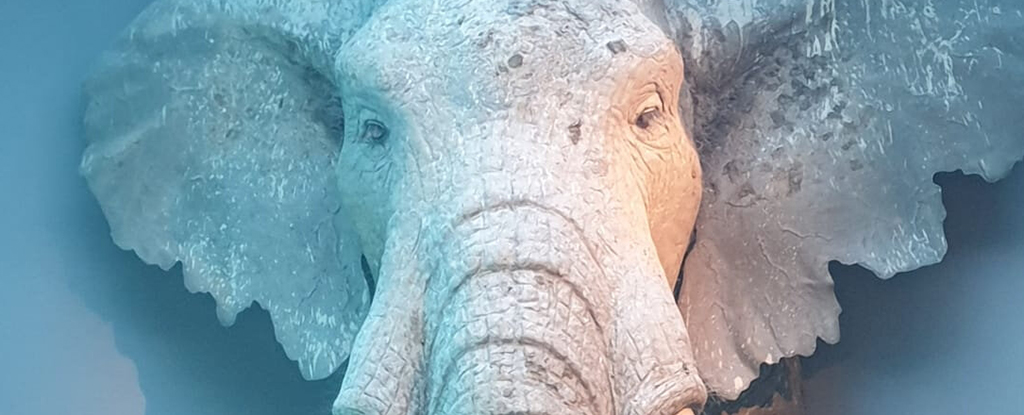
A new analysis of 125,000-year-old bones from around 70 elephants has led to some intriguing new revelations about the Neanderthals of the time: that they could work together to deliberately bring down large prey, and that they gathered in larger groups than previously thought.
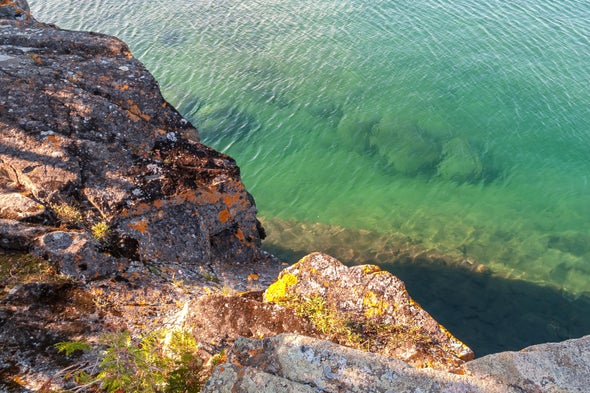
Copper’s allure has endured for millennia. Both ancient and modern mines for the extremely useful metal abound in North America’s Lake Superior region; long before modern miners extracted the ore from deep underground, local Indigenous communities dug it from shallow pit mines.

Many are celebrating Australia’s decision to pave the way for these psychedelic therapies, but questions around accessibility remain.
Image from: Pashminu (Wiki Commons)
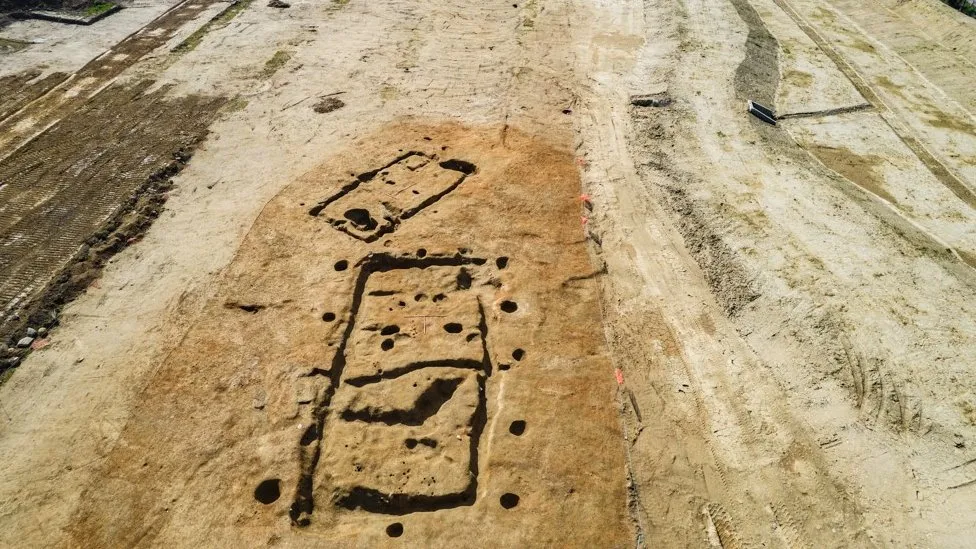
The discovery of a Neolithic era settlement is helping shed new light on how people lived on the shores of Lough Foyle some 5,000 years ago.
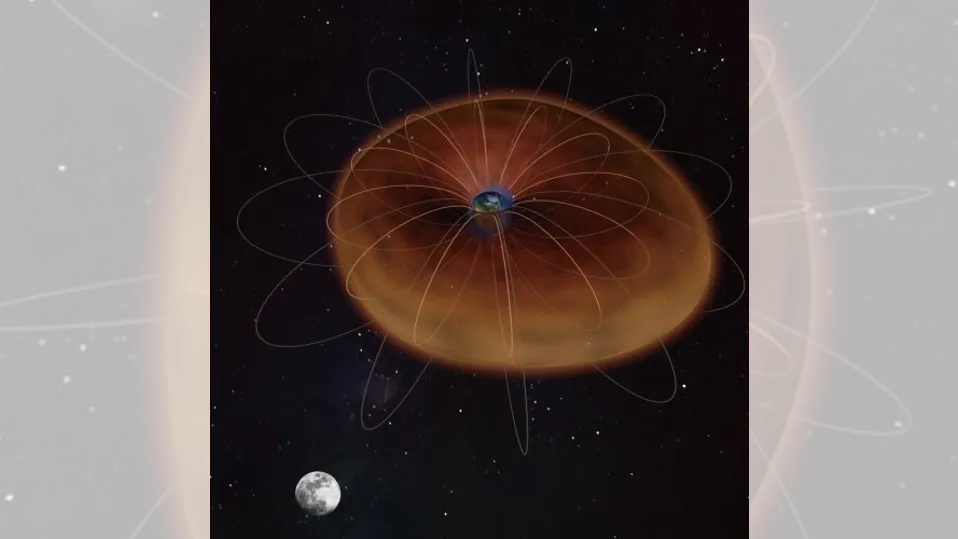
The moon exerts a previously unknown tidal force on the “plasma ocean” surrounding Earth’s upper atmosphere, creating fluctuations that are similar to the tides in the oceans, a new study suggests.








